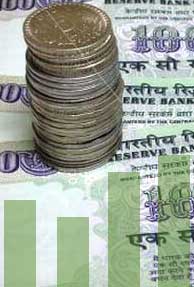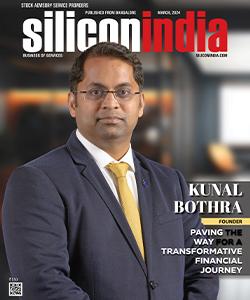Hike in bank rates to hit growth in near-term: RBI
By
siliconindia | Tuesday, March 23, 2010

Bangalore: India's central bank late Monday admitted that the recent hike in its policy rates would affect growth in the near-term but maintained it would consolidate in the medium-term.
"We have to sacrifice a little bit of growth in the near-term in order to consolidate the medium-term growth," Reserve Bank of India (RBI) Governor D. Subba Rao told reporters here.
Explaining the factors that forced the central bank to hike the bank rates ahead of its policy meeting April 20 in Mumbai, Rao said in taking the policy action, the central bank had been very conscious of the fact that the monetary policy acted with the lag of 12 months.
"Because if we do not tighten now and take action ahead of time, the adjustment that we will have to make later on will be stronger and we might indeed have a hard landing," Rao asserted.
Even if there was a short trade-off between growth and inflation, Rao maintained that it was important inflation was kept low and growth was made sustainable.
The central bank raised the bank rates March 19 by 25 basis points to contain the wholesale price index (WPI) inflation rate, which shot up to 9.9 percent in February.
"Given the inflation pressures and given the growth is consolidating, some normalisation was required. Both the repo rate and reverse repo rates were increased by 25 basis points to contain the inflationary pressures," Rao pointed out.
The repo rate was revised to 5 percent from 4.75 percent and the reverse repo rate to 3.5 percent from 3.25 percent.
Repo rate is the interest the RBI charges on borrowings by commercial banks. A hike in this rate makes cost of borrowing costlier for banks.
Reverse repo rate is the rate at which the central bank borrows money from commercial banks. A hike in this rate makes it more lucrative for banks to park funds with the RBI.
"Inflation pressure is stronger than we anticipated. Between November 2009 and February 2010, in a space of four months, the WPI inflation has gone from 5.6 percent to 9.9 percent," Rao recalled.
The RBI earlier projected that the baseline WPI inflation rate would be 8.5 percent by March end.
"We have constantly maintained about the need for exiting from the expansionary monetary policy. We have also been saying all along that we need to exit in India ahead of other countries because of the growth-inflation trade-off we are facing," Rao noted.
Admitting that managing the trade-off between growth and inflation had become more of a challenge, as the country was recovering from the crisis, Rao said the cash reserve ratio (CRR) was increased by 75 basis points to 5.75 percent on the argument that even if the growth-inflation trade-off had to be maintained, the first step in exiting the expansionary policy was to absorb or suck out the liquidity.
"But the situation has changed significantly by mid-March, when growth consolidated after the IIP (index of industrial production) shot up to 16.7 percent in January, which is the highest in the last 20 years and certainly above the pre-crisis level," Rao said.
Reeling out stats, the RBI governor said all sectors except consumer non-durables were doing well. The growth of capital goods at 56 percent is very encouraging.
Non-food manufacturing inflation, which has a weight of 52 percent in the inflation and was 0.4 percent in November 2009, jumped to 4.3 percent in February.
"Similarly, fuel inflation, which was 0.8 percent in November 2009, had zoomed to 10.2 percent in February. The contribution of food to inflation, which was almost 100 percent in November 2009, has now dwindled to 50 percent. Consequently, the contribution of non-food items to inflation, which was near zero in November 2009, is now 50 percent," Rao added.
Source: IANS

